
A beautiful home isn’t just about style—it’s about function, too. Certain design choices, while visually appealing, can quietly work against your efforts to stay organized. From layout missteps to over-designed storage solutions, some elements invite clutter rather than help manage it. If your home always feels one step away from tidy, these 15 common design decisions might be part of the problem. Here’s what to look out for—and what to consider instead.
1. Open Shelving That Encourages Display Clutter

Open shelves can be stylish, but they quickly become clutter magnets. Without doors to hide mess, every item must be curated—and most people don’t have the time or patience for constant tidying. What starts as a few decorative pieces often turns into an overcrowded mess, making your home feel busier and less organized than it actually is.
2. Oversized Furniture That Eats Up Storage Space
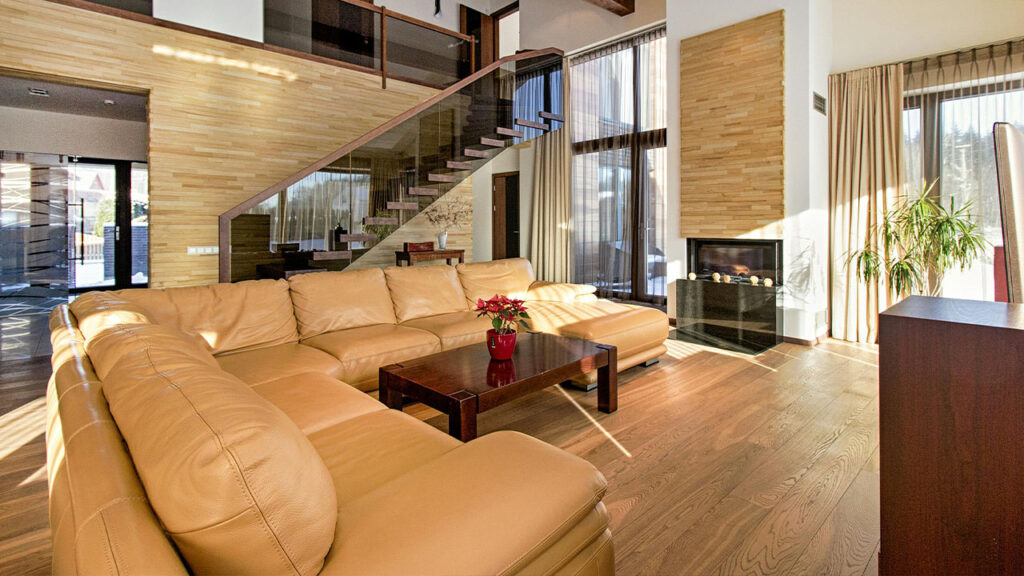
Large, bulky furniture may feel luxurious, but it often sacrifices valuable storage. A massive sofa or bed might dominate a room while offering nothing in return when it comes to function. These oversized pieces make it harder to add storage-friendly alternatives like ottomans, sideboards, or shelving, leaving less space to tuck clutter out of sight.
3. Lack of a Defined Entryway or Drop Zone
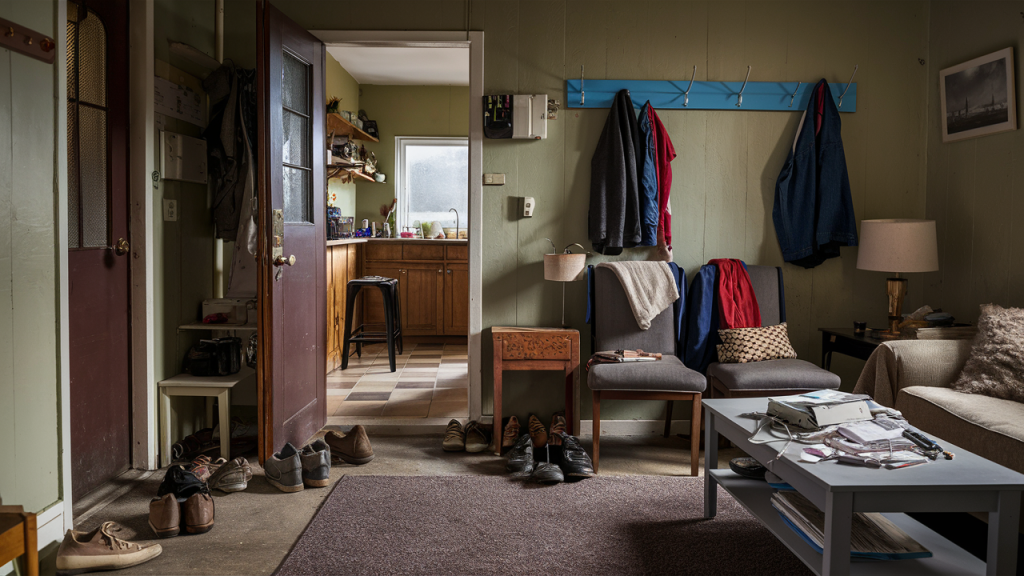
When your front door spills directly into the living room, life’s daily clutter—shoes, bags, keys—has nowhere to land but everywhere. Shoes, bags, keys, and mail often end up scattered throughout the room. Without hooks, cubbies, or even a console table to catch daily items, mess builds quickly—making it harder to maintain a clean and calm first impression.
4. Too Many Built-In Niches and Alcoves
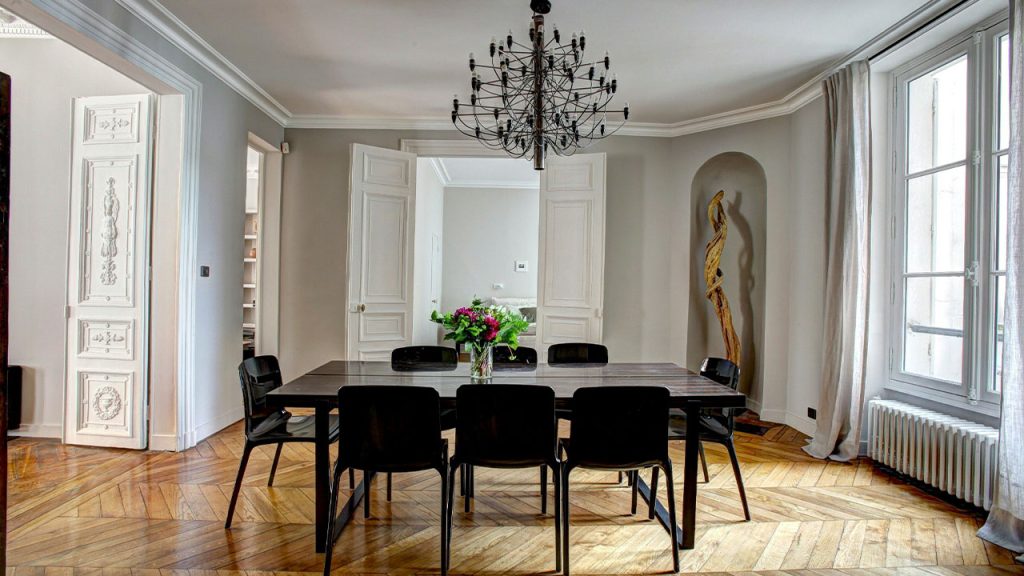
Architectural niches might look unique, but they often complicate decorating and organizing. Their odd shapes and sizes rarely fit standard furniture or storage units, so they end up filled with mismatched items that don’t quite belong. Instead of adding function, they become clutter zones that are hard to style and even harder to keep tidy.
5. Furniture With No Hidden Storage
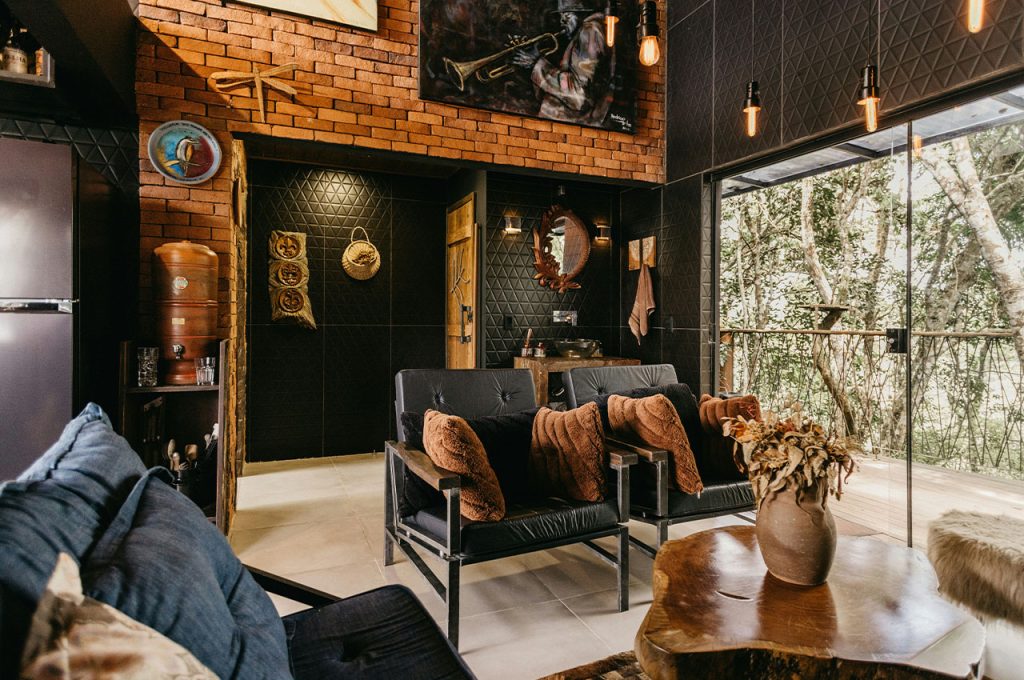
In compact homes, furniture needs to earn its keep—think ottomans with hidden storage, beds with drawers, or consoles that double as desks. When sofas, beds, and benches lack built-in storage, you miss opportunities to hide items like blankets, toys, or seasonal decor. Relying solely on closets and cabinets can overwhelm those spaces, making it harder to manage everyday clutter efficiently.
6. Excessive Decorative Accents and Trims

Elaborate moldings, ornate trims, and intricate wall details can visually overwhelm a space and limit flexibility. These accents often compete with furnishings and décor, making rooms feel busier than they are. Plus, they tend to collect dust and clutter—especially when layered with artwork or objects that don’t quite match the elaborate style.
7. Poorly Designed Closet Interiors
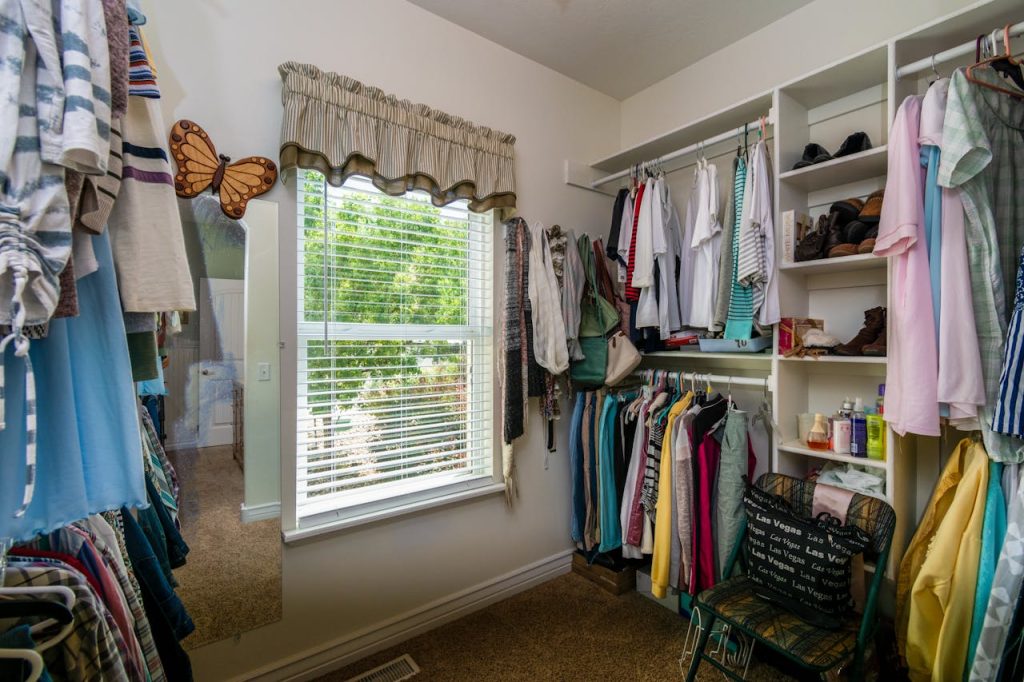
A closet with a single rod and shelf doesn’t cut it for modern storage needs. Without built-in organizers, drawers, or adjustable shelving, it’s difficult to make use of vertical space or categorize belongings. This leads to overstuffed closets where things get buried and forgotten, making decluttering a frustrating and ineffective task.
8. Floating Shelves Without Baskets or Bins

Floating shelves may look sleek, but without containment, they become clutter hotspots. Small items—mail, trinkets, tools—accumulate quickly and visually disrupt the space. Without bins, trays, or baskets to corral things, even the most carefully curated shelf can turn chaotic, creating the illusion of disorganization throughout the room.
9. No Clear Division Between Zones or Rooms
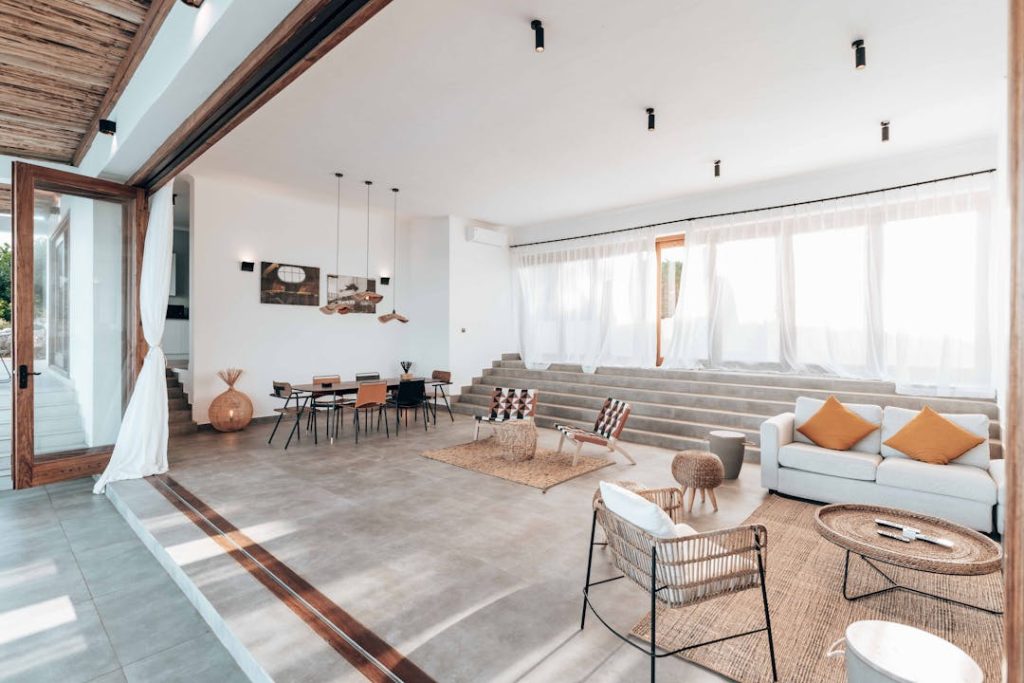
An open layout with no defined zones might feel spacious, but it can also create chaos. When dining, working, and relaxing areas blend together, clutter migrates from one function to another. Without subtle boundaries—like rugs, lighting, or furniture placement—it’s harder to assign storage or maintain order in each area.
10. Too Many Small Tables and Surfaces
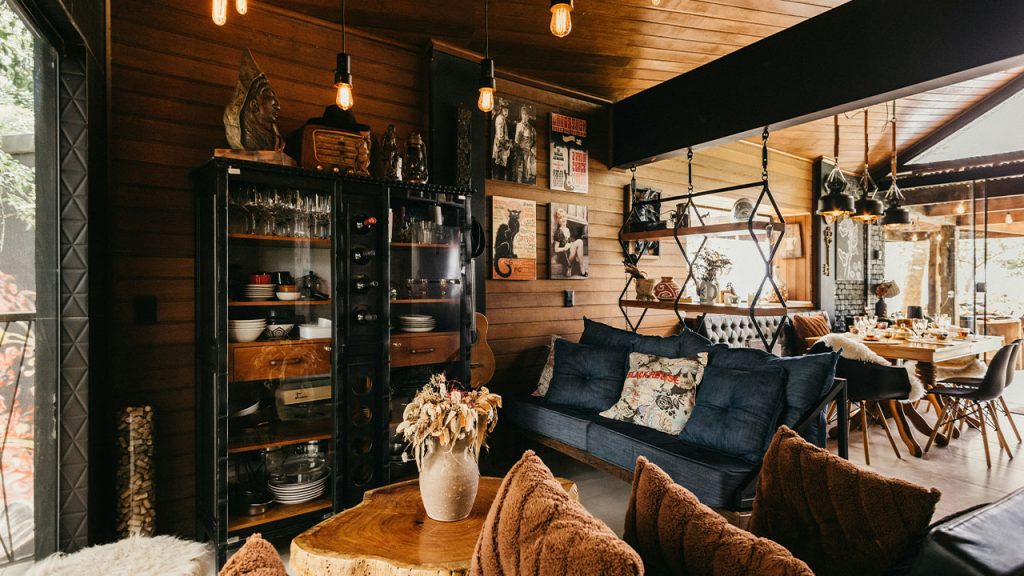
Scattered side tables, accent stools, and tiny consoles often serve as catchalls rather than functional furniture. Instead of helping with organization, they invite piles of mail, empty mugs, or random items to settle indefinitely. The more surfaces you have, the more opportunities for clutter—especially when none offer real storage.
11. Awkward Cabinet Configurations in Kitchens
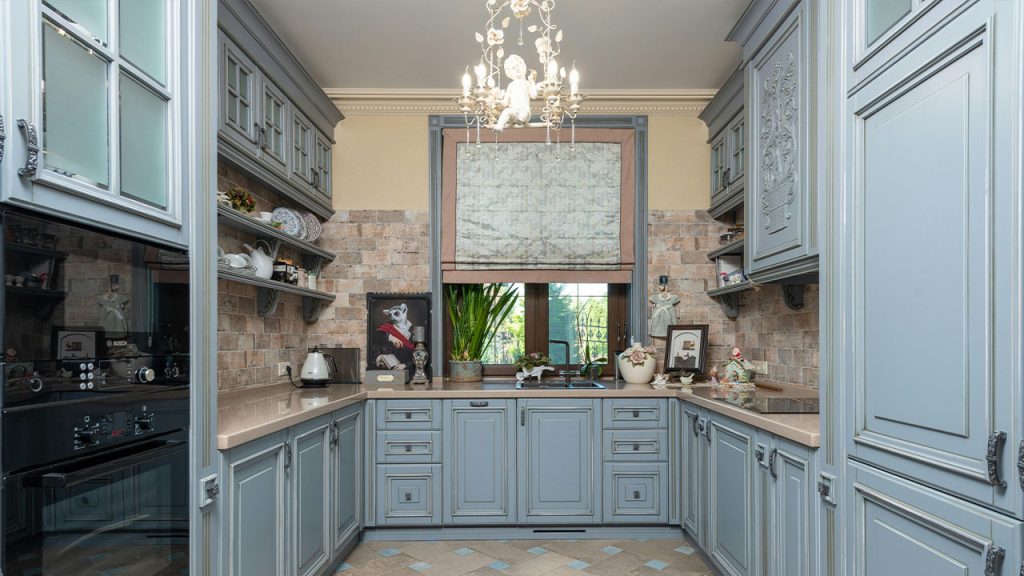
Cabinets that are too high, too deep, or placed in odd corners waste valuable storage space and make it hard to keep things tidy. When kitchen tools and pantry items don’t have an accessible, logical spot, they end up scattered on counters or crammed into drawers. A poorly laid-out kitchen encourages clutter instead of curbing it.
12. Deep Pantries Without Proper Organization
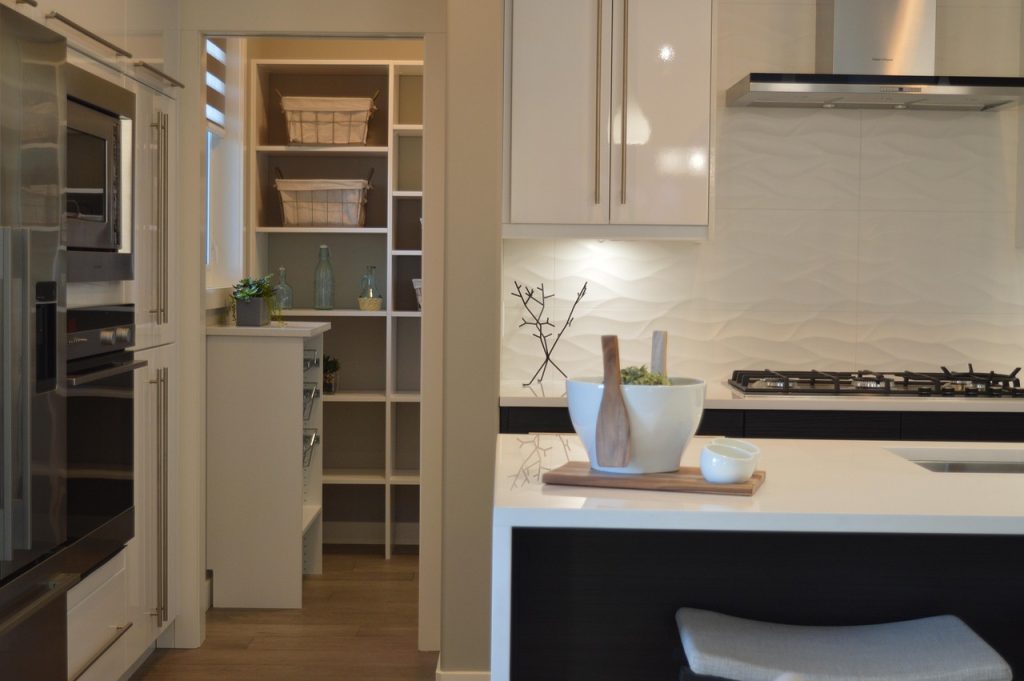
A deep pantry might seem like a dream, but without pull-out drawers, tiered racks, or clear bins, items get lost in the abyss. Forgotten cans and expired snacks pile up in the back, making it harder to keep track of what you have. The result? Overflowing shelves, duplicate items, and teetering snack towers turn your pantry into a stress zone instead of a storage solution.
13. Minimalist Spaces Without Realistic Storage

Minimalist design can be beautiful—but not if it ignores everyday needs. When sleek furniture lacks storage and surfaces stay bare for aesthetic’s sake, practical items have nowhere to go. This leads to clutter accumulating out of sight or being shuffled around constantly, undermining the clean look minimalism is meant to achieve.
14. Floor Plans With Limited Wall Space

Modern homes with expansive windows, open staircases, or architectural cutouts can look great—but they reduce usable wall space. Without enough walls for shelving, furniture placement, or storage units, it’s tough to organize efficiently. The lack of storage-friendly surfaces often results in clutter building up on floors and counters.
15. All-Open Layouts That Blur Functional Boundaries

Open floor plans have their appeal, but when living, dining, and work areas all bleed into each other, clutter spreads fast. Toys migrate to the kitchen, paperwork piles up on the dining table, and storage zones get muddled. Without visual or physical boundaries, it’s hard to contain mess or maintain a sense of order.
Want to see more from Remodr?

Drop a comment below, share this with your friends and family, and don’t forget to follow us for more fresh ideas, updates, tips, and home trends.
This article was created with the assistance of AI but thoroughly edited by a human being.

